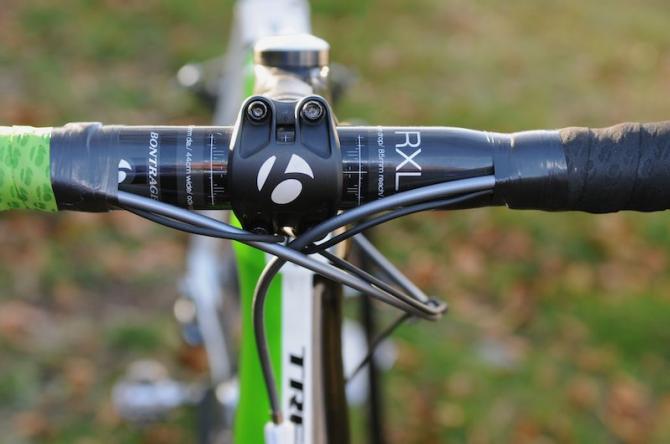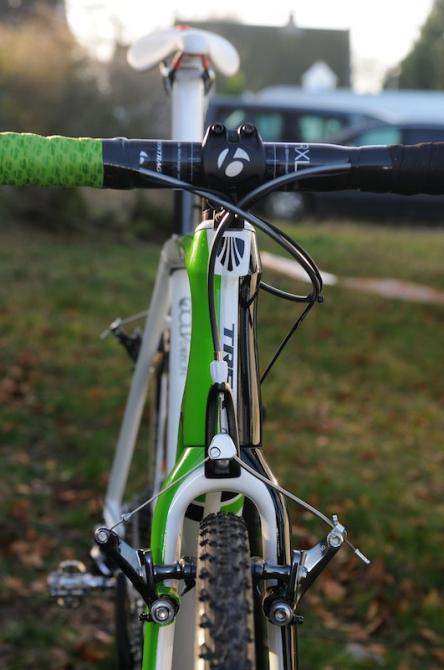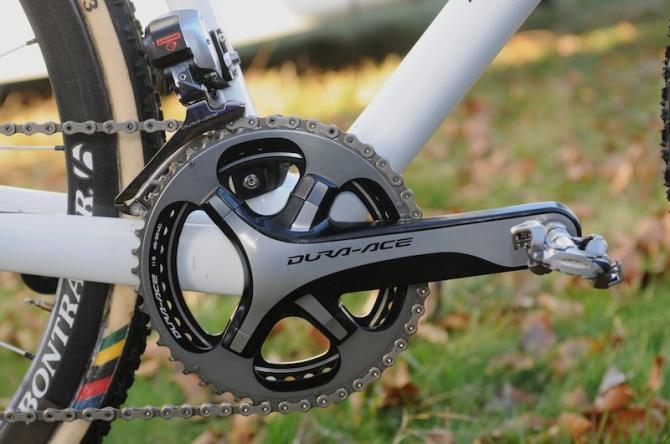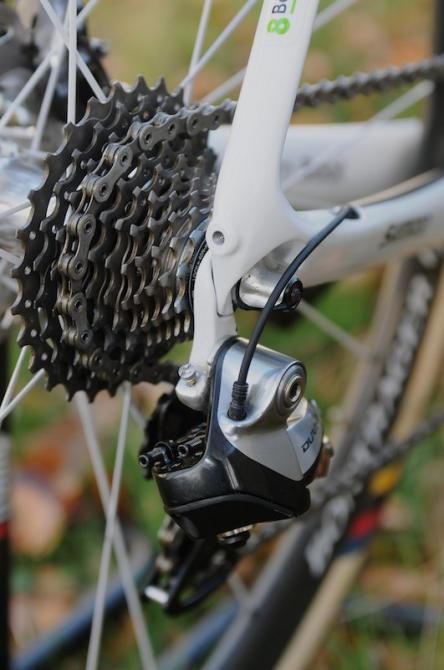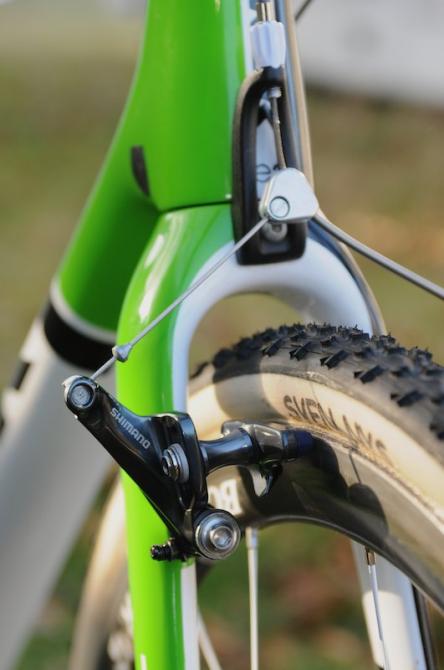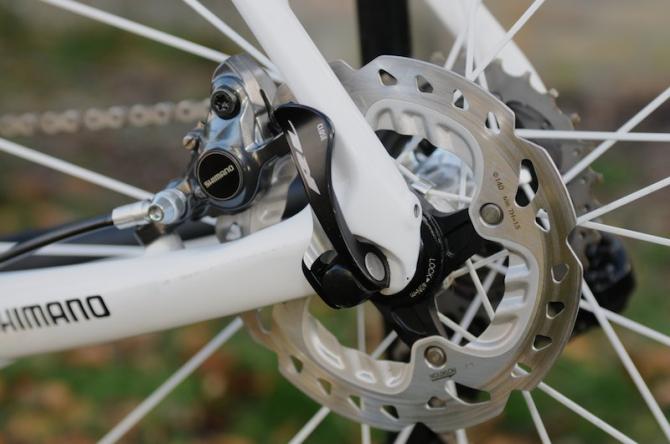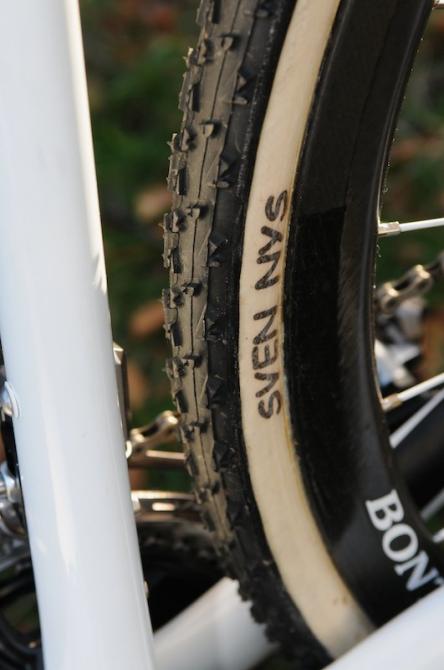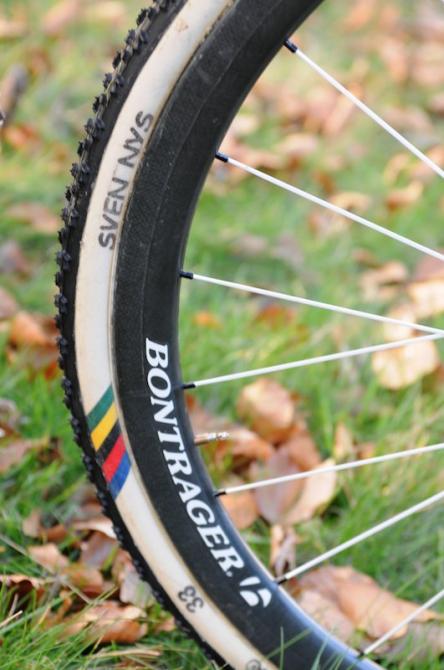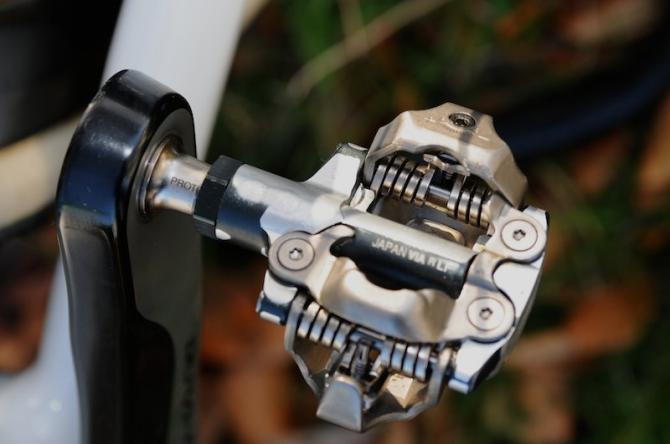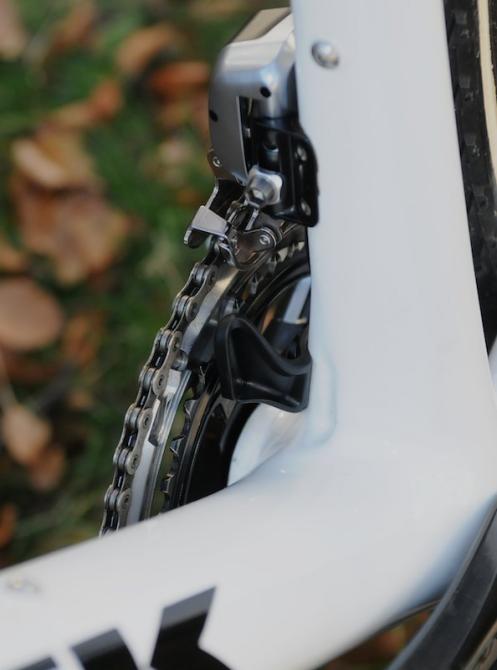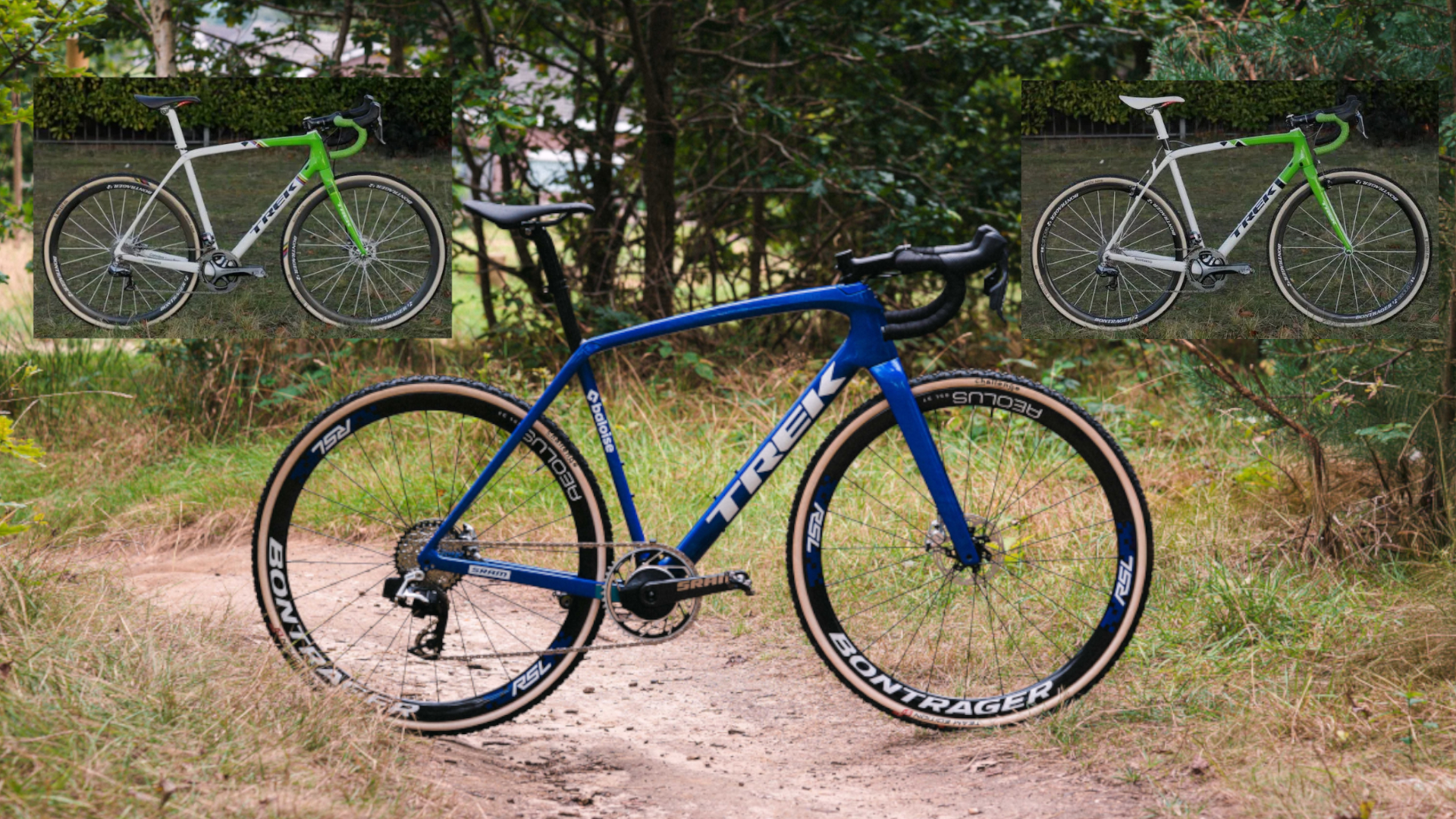
Cycling has often thrown up very successful familial dynasties. Former world champion on the road and multiple world champion in cyclocross, Mathieu van der Poel, is the son of former cyclocross world champion Adri van der Poel, as well as the grandson of Milan-San Remo winner Raymond Poulidor and Paris-Roubaix winner, Magnus Bäckstedt's daughters, Zoe and Elynor, ride for Canyon-Sram zondacypto and UAE Team ADQ respectively.
It is, however, unusual to find a father-son duo who not only competed in the same discipline but also on the same bikes. Sven Nys, widely regarded as the greatest cyclocross rider in history, rode much of his career aboard Colnago machines but switched to riding Treks in the latter years. His son, Thibau Nys, now rides for Lidl-Trek on the road and the Baloise Glowi Lions on the 'cross field, in both cases riding Trek bikes.
In advance of the 2025 UCI Cyclocross World Championship this weekend in Liévin, France, we take a look at podium contender and current European and Belgian champion Nys Jr's machine and compare it to his father's bikes from ten years ago to see what, if anything, has changed in the world of cyclocross tech.
Thibau Nys' Trek Boones
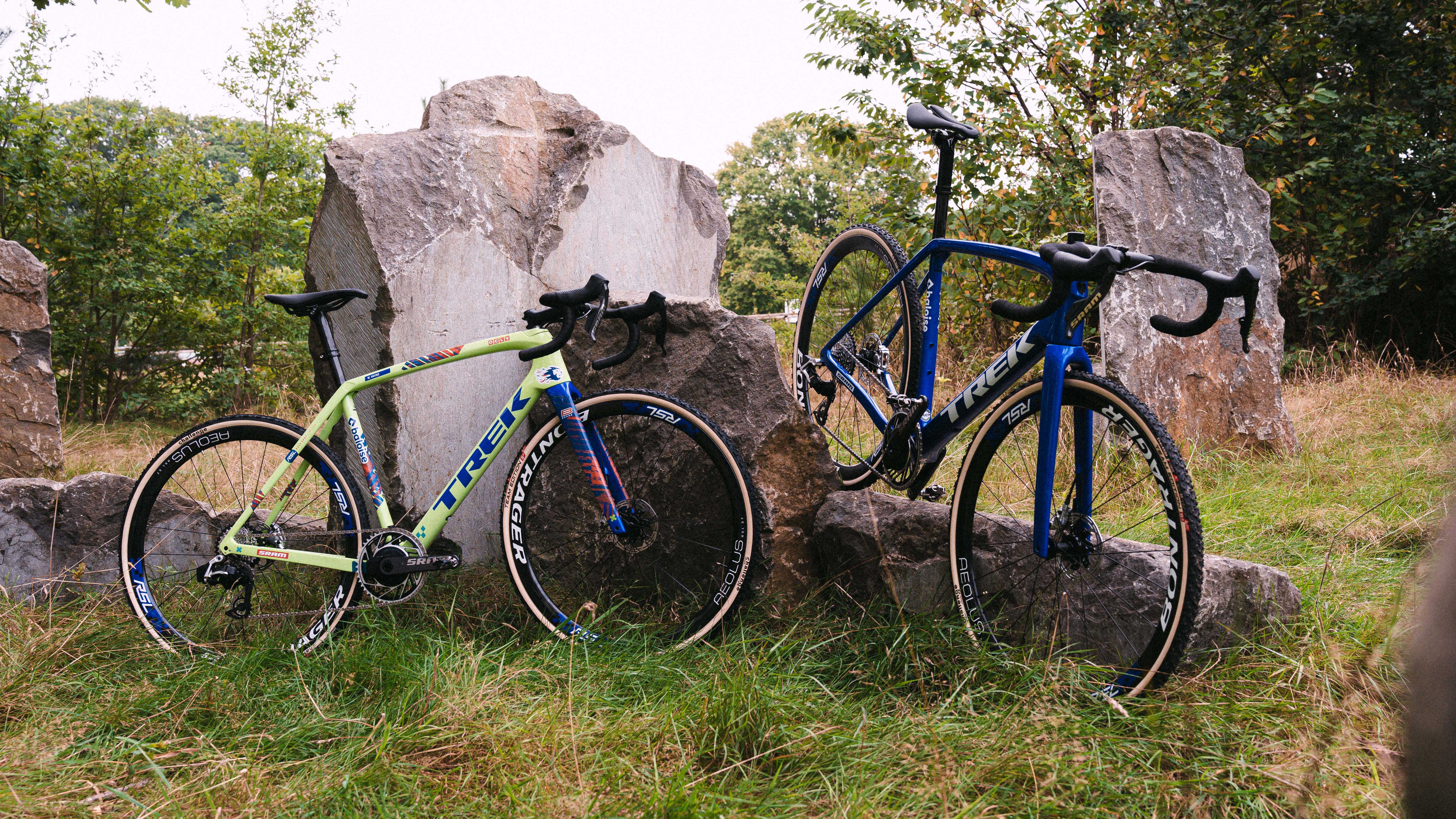
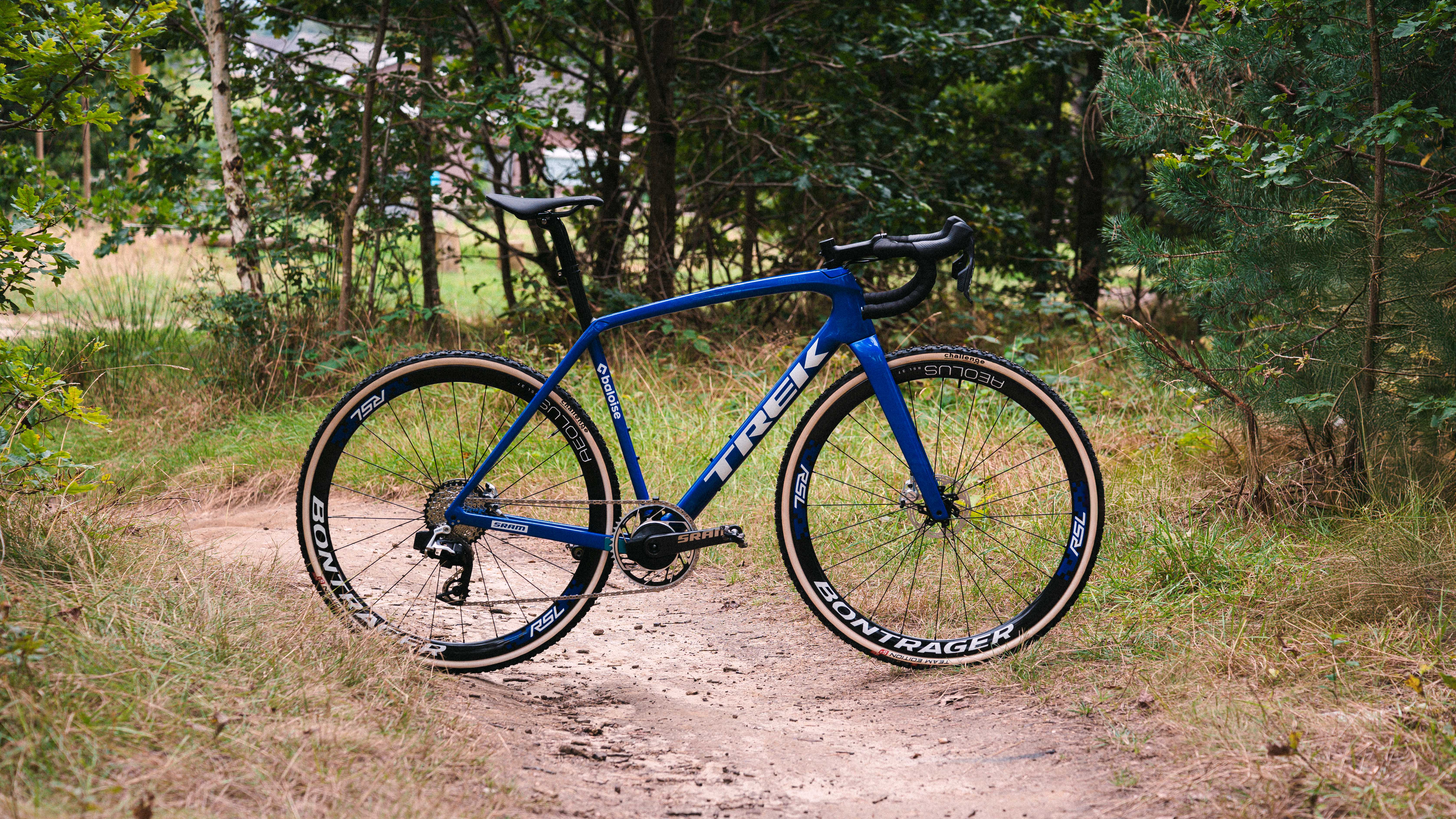
Thibau Nys rides one of a pair of Trek Boones in a size 56. The dedicated cyclocross bike remains in Trek's lineup despite the trend for competitors like Specialized to morph their cyclocross bikes into gravel machines in recent years, as has happened with the Specialized Crux.
Nys Jr's machine is fitted with a Sram Red AXS groupset, set up with a single front chainring and a very low profile chain catcher mounted to the very base of the seat tube. We cannot make out the size of the chainring, but it does include an integrated SRAM Red power meter. His cranks are 172.5mm and look to have Shimano XTR pedals mounted to them.
His cassette is a 10-33 in these shots, but the team has informed me that he will switch out for a 10-36 option depending on the course.
Tyres are also course dependant, but here we see a set of Team Edition Challenge Limus, a mud tread designed for use in the heaviest conditions of the season where traction is prioritised over speed.
Cyclocross is still the last stronghold for tubular wheels outside of track racing, with the tyres physically glued to the rim. Tubulars are easier to ride on when flat and don't come with a risk of 'burping,' whereby air escapes under hard cornering with low pressures, as can be the case with tubeless systems.
Another area where cyclocross bikes still appear to be flying the flag for older tech is in the cockpit. Thibau's Boone still features a separate bar and stem, with no internal hose routing until the headset. Given the greater prevalence of crashes in cyclocross I suspect this is as much a crash insurance choice, where bars can rotate instead of snap during large impacts, as it is an ergonomic one.

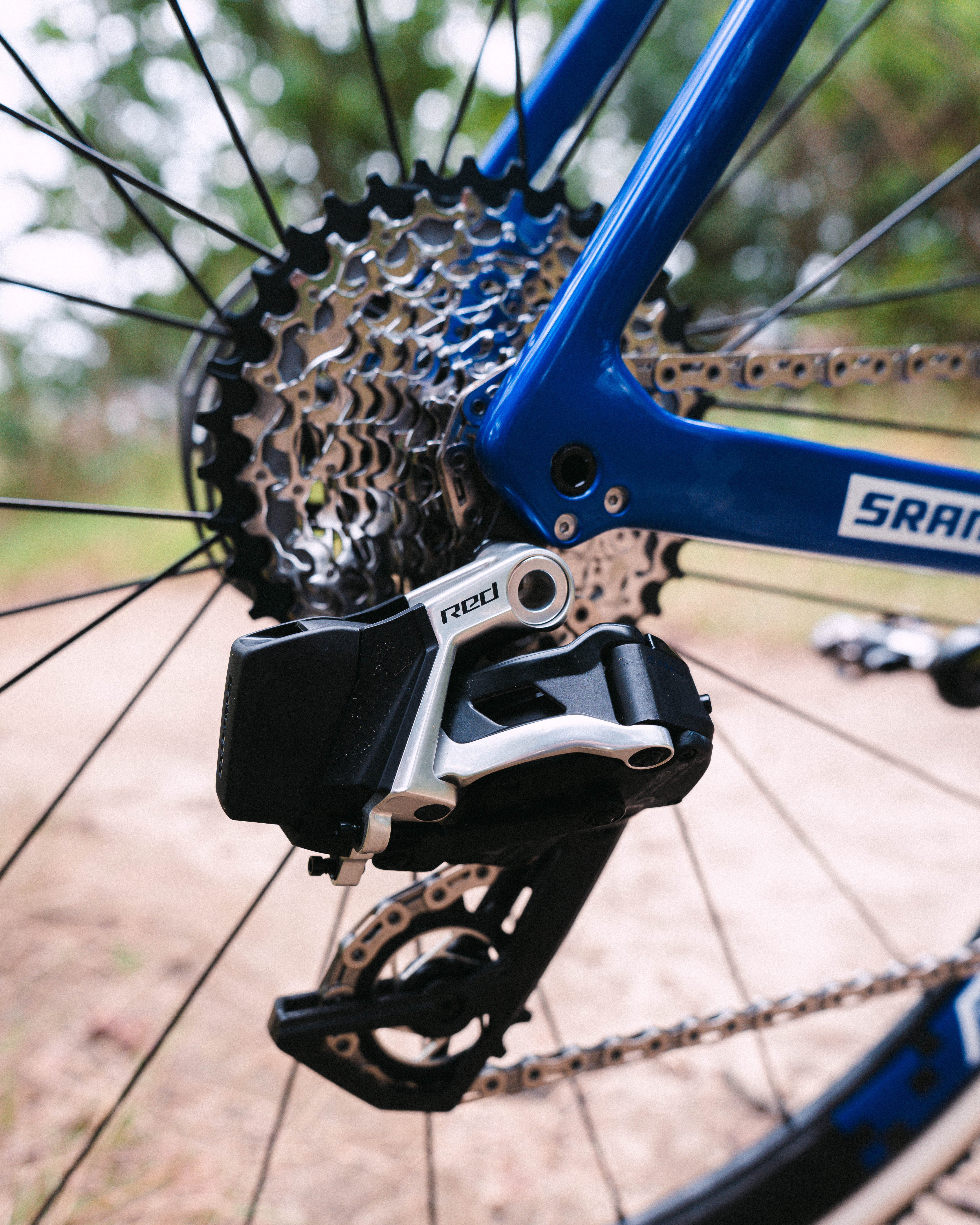
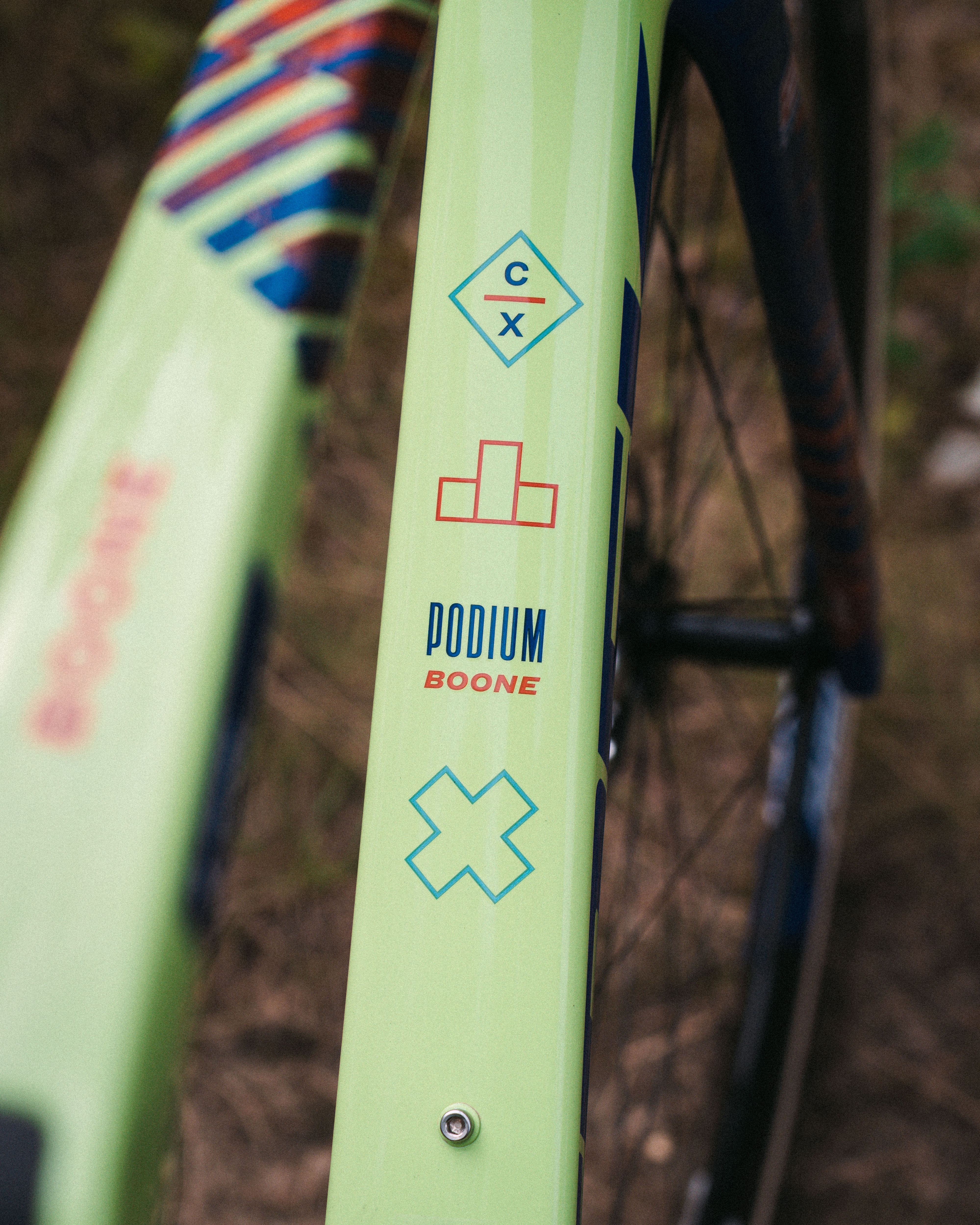
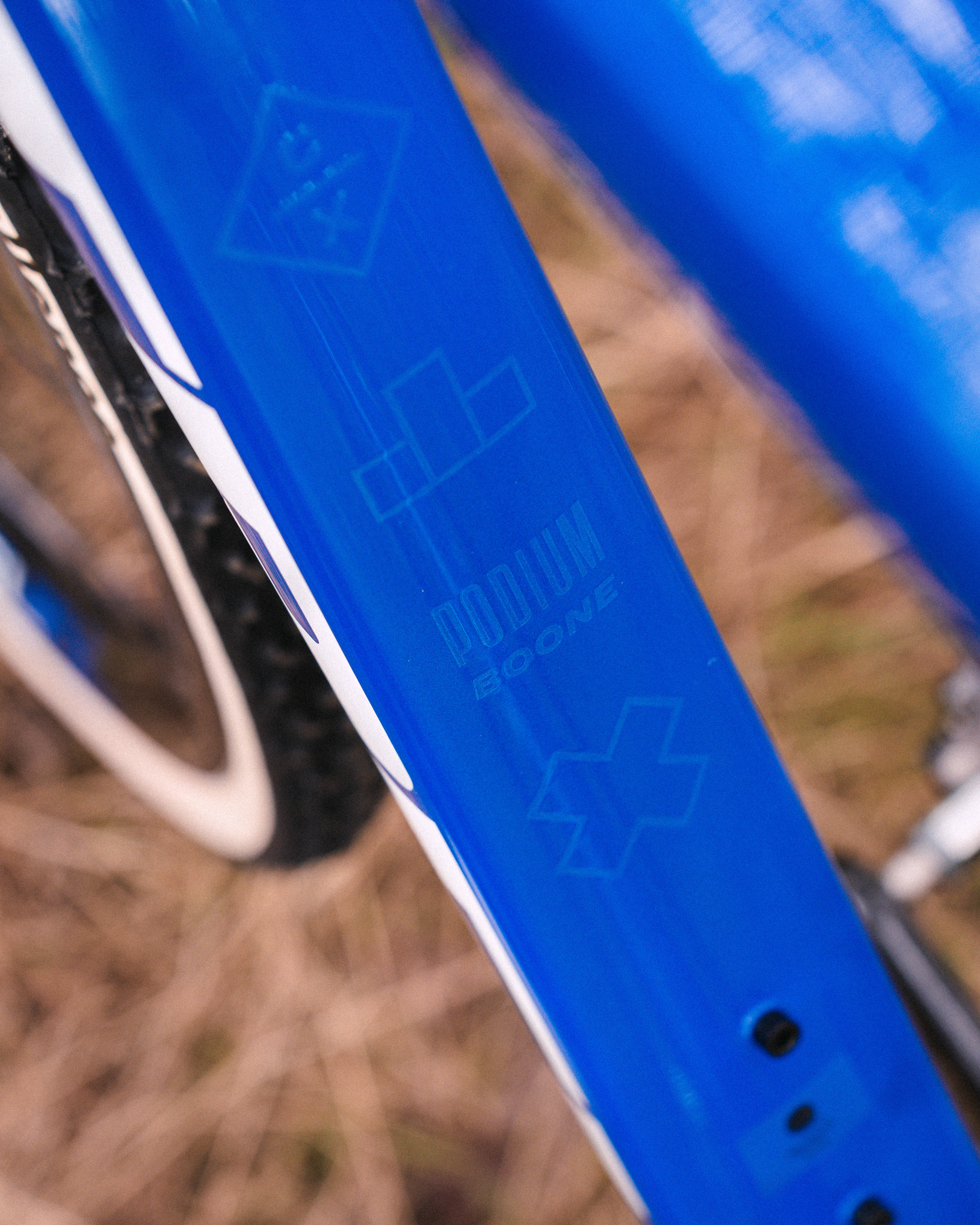
Sven Nys' Trek Boones
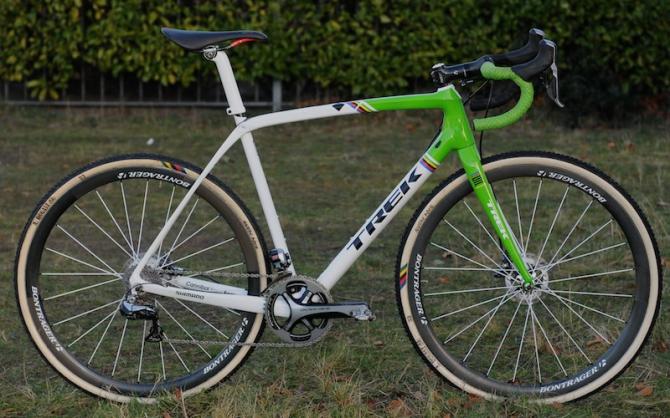
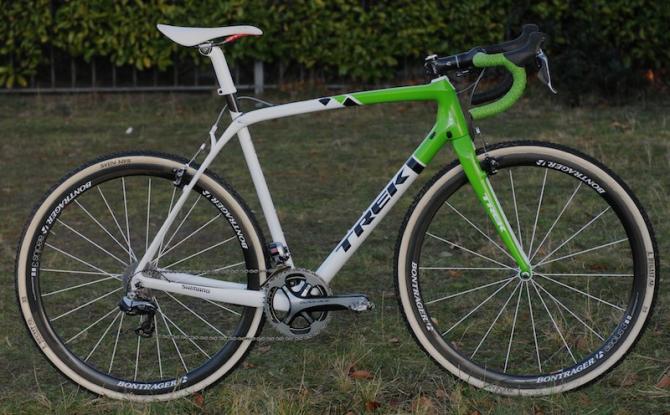
Thibau's father, Sven, also rode a size 56 Trek Boone back in 2014. That was a season where the use of disc brakes was in a transitional phase, with some riders adopting them and others resolutely sticking to cantilever brakes. Sven, for his part, races the season on a pair of Trek Boones, one disc-equipped, and one with cantis.
The geometry of the frame has shifted slightly in the last decade, with a more horizontal top tube on the 2014 edition. This should make shouldering the bike easier but may make it harder to maneuver around on technical descents. the reduced seatpost stickup will also have less flex, but the 2015 Boone had a built-in 'Isospeed Decoupler,' which added compliance to the rear end.
Sven raced his latter years on Dugast tyres, now a subsidiary of Vittoria, but then as now, they are 33mm wide tubulars glued to Bontrager rims. Also, round bars feature in the cockpit, as they do on his son's machine.
Where things differ primarily is in the brakes and the drivetrain. Running cantilevers is a big difference, but even the disc-equipped machine has quick-release wheels rather than thru-axles, increasing the chances of disc rub. Sven also rode with Shimano Dura-Ace gearing with a 2x setup, but in contrast to the cable actuated brakes both of his bikes used electronic gearing.
Dura-Ace derailleurs of that era didn't feature a clutch for increased chain retention, and so as well as providing greater gear range the front derailleur acted as a chain catcher, though did increase the risk of mud clogging the drivetrain. despite this, Sven's bike can be seen with an additional chain catcher inside the little ring.
Running a 2x system also allowed Sven to make use of a tighter 11-28 cassette, meaning smaller jumps between gears, allowing the Belgian to maintain the optimum cadence.
